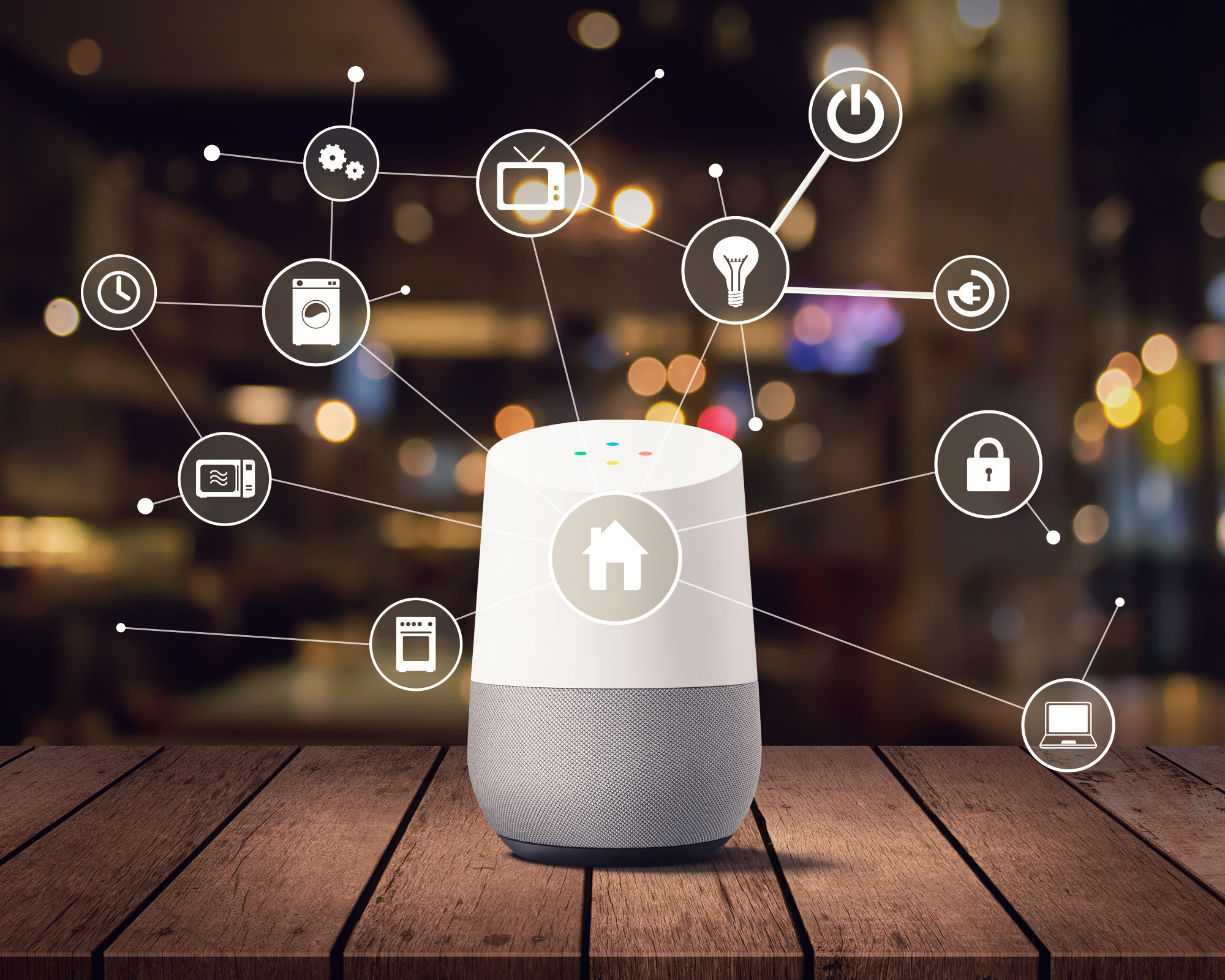The role of designers within social robotics
As part of her Honours Programme Master project, SPD student Josefien Scholtes researches the rise of social robotics, and the important role designers could have in this.
"Robotics has been a hot topic for a few years now, especially social robotics. The field of social robotics consists of social robots, which can move on their own, and social bots, which cannot move on their own. A good example of a social bot is the conversational assistant, integrated in Google Home and Amazon Alexa for instance. As an industrial design student I noticed the increasing popularity and wondered: how is such a technically advanced product going to interact with the “ordinary” consumer? I therefore decided to dedicate my Honours Programme Master research to the adoption of social bots and specifically conversational assistants. Based on conversations with consumers who regularly use their Google Home or Amazon Echo, it became clear that there is still a lot to improve and that industrial designers can play a crucial role in this. In order for social bots to truly add to our lives, we as designers must connect the possibilities of this technology with the needs of the end-user."
Image by Mike MacKenzie
"The degree of adoption of socials bots depends on the use context. At the moment, Amazon and Google are mainly focusing on households. But my research showed that this is not the best use context to introduce an assistant in for every consumer. Not even for innovators and early adopters. For some, it is more useful to have a conversational assistant in the car because that is a hands free situation. On top of that, it became clear that companies have the tendency to shoehorn more features into a conversational assistant, thinking it adds value. But this phenomenon, also known as feature creep, has a counterproductive effect on perceived usability. Conversational assistants mainly interact through voice commands, so more features actually confuse the user as he or she loses overview of all features.
While companies mainly focus on the technological possibilities of conversational assistants, adoption is mainly driven by consumer needs. That is why, in my opinion, the field of social robotics yearns for designers who naturally look at technology from a consumer perspective. Precisely this is what is necessary, because user experiences are very situation-dependent and thus complex. I hope to inspire industrial designers, and clarify that the field of social robotics should focus more on the actual user; not the technology."

